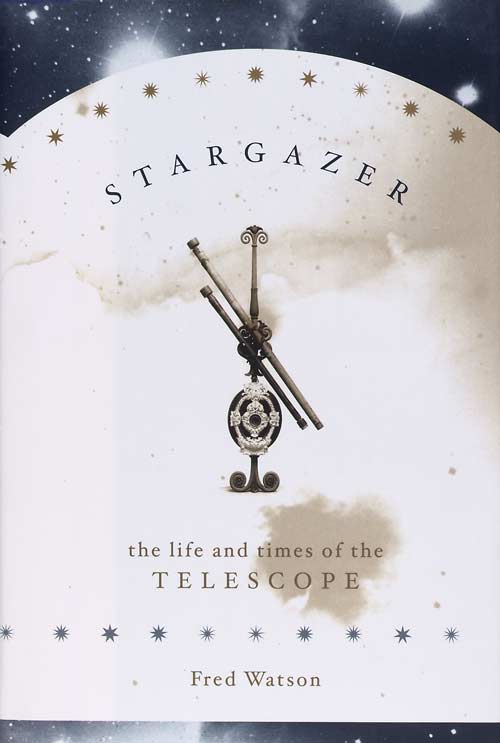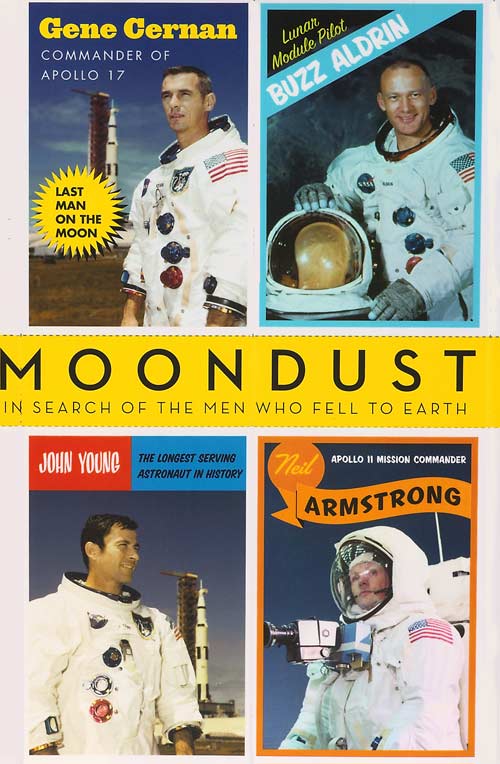Ron Miller and William K. Hartmann, 296 pages; Workman Publishing Company, 2005; softcover, $19.95
In the last half century, robotic exploration has revolutionized our understanding of the solar system. Sailing through our solar neighborhood, unmanned spacecraft continually beam back pictures of magnificent new worlds. Yet Grand Tour goes beyond their two-dimensional photographic records and offers a uniquely human touch to this voyage of discovery — through the minds and eyes of two prominent space artists.
In a completely revised version of their popular 1981 book, Ron Miller and William K. Hartmann have teamed up once again to act as enthusiastic tour guides to some of the most breathtaking travel destinations beyond Earth. A dozen years have passed since the last printing, giving the authors plenty of spacecraft and telescopic discoveries to include in this latest edition. As a result, Grand Tour offers dozens of newly discovered and yet unvisited moons, comets, and minor planets in its list of stopovers. Meanwhile, better-known sites like Mars, Jupiter, and Saturn, recently explored by spacecraft, are analyzed with a fresh perspective.
Miller, an award-winning astronomical illustrator and science-fiction art designer, and Hartman, a professional astronomer, author, and painter, create panoramic vistas of far-flung worlds where no human could ever set foot. Whether it’s the fiery lava flows and explosive volcanoes of Jupiter’s moon Io or the dark and fractured ice plains of Kuiper Belt object 2004 DW beyond Pluto, readers get up close and personal to more than 50 worlds.
Well researched, Grand Tour is complete in scope. The first chapter traces out the solar system’s evolutionary history of the solar system from the Sun’s birth to the collision of primordial planets. What sets this book apart from the many planetary sightseeing guides already on the market is the authors’ choice to organize their tour based on object size, starting with Jupiter and ending with the bus-size near-Earth asteroid 1991BA.
Clear and comprehensive explanations, complete with colorful diagrams, cover topics from geological processes to orbital movements. A large section is devoted to minor planets and comets, aptly reflecting the current pace of discoveries. Unfortunately, many of these individual target entries are brief. Understandably, the authors offer more detailed coverage of places like Mars, Venus, and the gas giants and their moons — where we have recently had robotic eyes flyby for closer inspection. As an added bonus to this edition, a new chapter on extra-solar planetary systems appears, but the authors only briefly cover this increasingly important area of discovery.
As our understanding of the solar system has evolved since the last edition of Grand Tour, so have the artists themselves. While Hartmann prefers to render his works using paintbrush and oils, Miller has moved on to the digital canvas of computers. Space-art aficionados will be delighted with plenty of 2-page scenic views that mix both styles.
The authors have expertly combined their artistic imaginations with scientific accuracy to produce the ultimate field guide to the solar system. Grand Tour is a good addition to anyone’s library. It lets readers cast off the shackles of gravity and leave our planet on a journey to some of nature’s greatest wonders. And with no shortage of space probes heading out to explore far-off worlds, astronomical illustrators like Miller and Hartmann will continue to be inspired for years to come. — Andrew Fazekas is an astronomy columnist and space-art collector based in Montreal, Canada.
Fred Watson, 342 pages, De Capo Press, 2005; hardcover, $24.95
Fred Watson eloquently writes not only about the history of the telescope, but also the history of astronomy and how aperture fever has driven the field. This book opens in the year 2000 at a symposium to discuss future telescopes and instrumentation — including behemoths from 82 to 328 feet (25 to 100 meters) in diameter. The symposium was held almost 400 years after the invention of the telescope. Watson uses the conference as a literary device to launch into an overview of the telescope’s history. Far more than a timeline, Watson’s book covers many aspects of astronomical instruments: the technological advancements, social consequences, and aperture fever — astronomy’s contagious disease. Anyone with an interest in how the telescope came about will enjoy this read.
Andrew Smith, 384 pages, Fourth Estate, 2005; hardcover, $26.95
More than 3 decades have passed since the Apollo program ended, and 12 men can say they’ve walked on the Moon. Andrew Smith tracked down the nine men still living to answer the question: What do you do once you’ve landed on the Moon? In many cases, these men reached their peaks during the Apollo program, and what followed couldn’t live up to that experience. Smith’s book is for those interested in the human side of the Apollo program. And, if you’re not interested, chances are, you will be by the time you finish reading this book. While politics and technology were obvious drivers during the Space Race, those personally involved gave it life, and Smith’s book accentuates just that.












